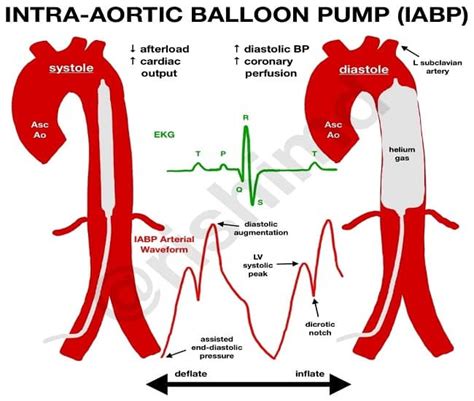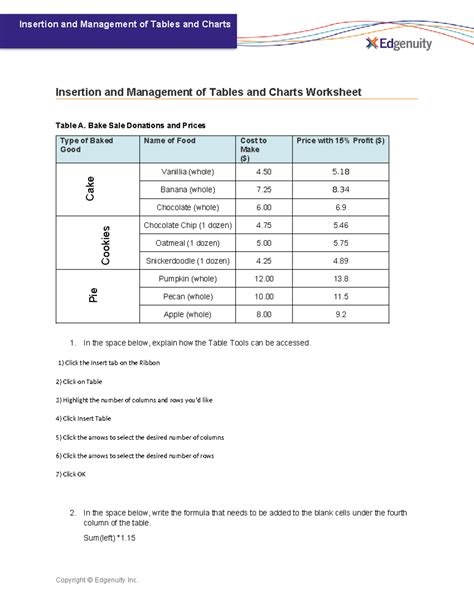Intro
Discover the ultimate Intra Aortic Balloon Pump Guide, covering IABP therapy, cardiac assist devices, and counterpulsation techniques for heart failure treatment and coronary care management.
The intra aortic balloon pump (IABP) is a crucial medical device used to support the heart in critical situations, such as heart failure, cardiac arrest, or during high-risk cardiac procedures. It works by inflating and deflating a balloon located in the aorta, the main artery that carries blood from the heart to the rest of the body. This inflation and deflation process helps to increase blood flow to the heart and reduce the workload on the heart, allowing it to recover and function more efficiently. Understanding the principles and applications of the IABP is essential for healthcare professionals and patients alike, as it can significantly improve outcomes in life-threatening cardiac conditions.
The IABP has been a cornerstone of cardiac care for decades, with its first introduction in the 1960s. Since then, it has undergone significant advancements, making it a more reliable, efficient, and safer device. Its primary function is to provide mechanical support to the heart, enhancing myocardial oxygen perfusion and reducing afterload. This support is critical in situations where the heart is unable to pump enough blood to meet the body's needs, such as in cardiogenic shock or during complex cardiac surgeries. The IABP's ability to augment cardiac output and decrease cardiac workload makes it an indispensable tool in the management of acute cardiac conditions.
The importance of the IABP extends beyond its clinical applications to include educational and research aspects. Healthcare professionals, including cardiologists, intensivists, and cardiovascular surgeons, must be well-versed in the operation, management, and troubleshooting of the IABP. This knowledge is crucial for optimizing patient outcomes and minimizing complications. Furthermore, ongoing research into the technology and clinical applications of the IABP continues to expand its potential uses and improve patient care. As medical science advances, the role of the IABP in cardiac support and recovery is likely to evolve, offering new hope for patients with severe cardiac conditions.
Intra Aortic Balloon Pump Mechanism

Key Components of the IABP
The IABP system consists of several key components, including the balloon catheter, the pump console, and the gas supply. The balloon catheter is the part that is inserted into the patient and is available in various sizes to accommodate different patient anatomies. The pump console is the control unit that operates the IABP, managing the timing and pressure of balloon inflation and deflation. It is equipped with alarms and monitoring systems to ensure safe and effective operation. The gas supply, typically helium, is used to inflate the balloon due to its low density and high visibility under X-ray.Clinical Applications of the IABP

Benefits of the IABP in Clinical Practice
The benefits of the IABP in clinical practice are multifaceted. It provides immediate mechanical support to the heart, improving cardiac output and reducing the workload on the heart. This support can be critical in life-threatening situations, offering a bridge to recovery or more definitive treatment, such as heart transplantation. The IABP also allows for the stabilization of patients who are awaiting cardiac surgery or intervention, improving their chances of a successful outcome. Furthermore, the use of the IABP can reduce the need for inotropic support, decrease the risk of multi-organ failure, and improve survival rates in patients with severe cardiac conditions.Insertion and Management of the IABP

Complications and Troubleshooting
Despite its benefits, the use of the IABP is not without complications. Common issues include vascular complications at the access site, such as bleeding or thrombosis, and balloon-related problems, such as entanglement or rupture. Systemic complications can also occur, including renal failure due to decreased perfusion or mesenteric ischemia. Troubleshooting these complications requires a thorough understanding of the IABP system and its potential pitfalls. Regular maintenance of the device, careful patient selection, and vigilant monitoring can minimize the risk of complications and ensure the safe and effective use of the IABP.Future Directions and Advances

Emerging Technologies and Trends
Emerging technologies, such as the development of fully implantable IABPs or the use of robotic assistance for insertion, may revolutionize the field of cardiac mechanical support. These advancements could potentially reduce the risk of complications, improve patient comfort, and enhance the overall efficacy of the IABP. Furthermore, the integration of artificial intelligence and machine learning into IABP consoles may enable more precise and personalized management of cardiac support, tailoring therapy to the individual needs of each patient. As these technologies continue to develop, they are expected to play a significant role in shaping the future of cardiac care.Conclusion and Recommendations

Final Thoughts and Considerations
As we look to the future of cardiac care, it is essential to consider the role of the IABP within the broader context of mechanical support devices and therapies. The integration of the IABP with other treatments, such as pharmacological support or device therapies, may offer synergistic benefits and improved patient outcomes. Furthermore, the development of guidelines and protocols for the use of the IABP, based on the latest evidence and best practices, will be crucial in ensuring the safe and effective application of this technology. By working together and embracing innovation, healthcare professionals can continue to improve the lives of patients with severe cardiac conditions, offering them the best possible chance of recovery and a return to full health.What is the primary function of the intra aortic balloon pump?
+The primary function of the intra aortic balloon pump (IABP) is to provide mechanical support to the heart, enhancing myocardial oxygen perfusion and reducing afterload, thereby improving cardiac output and decreasing the workload on the heart.
What are the common clinical applications of the IABP?
+The common clinical applications of the IABP include the management of cardiogenic shock, support during high-risk percutaneous coronary interventions, and as a bridge to heart transplantation or other definitive treatments for severe cardiac conditions.
What are the potential complications of IABP use?
+Potential complications of IABP use include vascular complications at the access site, such as bleeding or thrombosis, balloon-related problems like entanglement or rupture, and systemic complications including renal failure or mesenteric ischemia.
We invite readers to share their thoughts, experiences, or questions regarding the intra aortic balloon pump and its applications in cardiac care. Your feedback and insights are invaluable in helping us improve patient outcomes and advance the field of cardiac medicine. Please feel free to comment below or share this article with others who may benefit from this information. Together, we can work towards a future where cardiac care is more effective, accessible, and compassionate for all patients in need.
